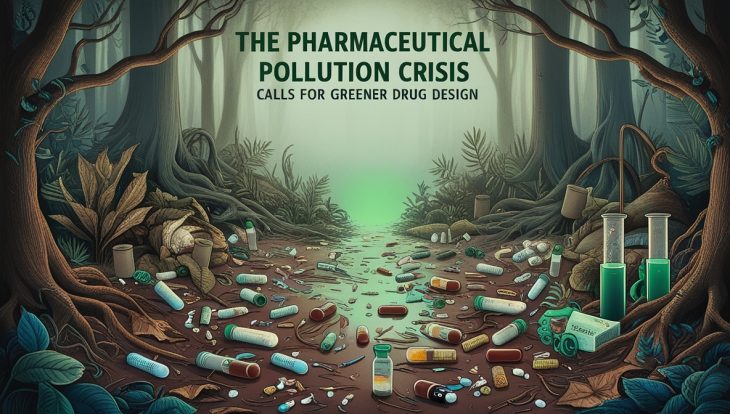
The medical world is full of revolutionary milestones. From Wilhelm Röntgen’s first X-ray in 1895 to James Blundell’s pioneering blood transfusion in 1818, these breakthroughs have transformed how we diagnose and treat illness. Among these, Alexander Fleming’s discovery of penicillin in 1928 stands out as a cornerstone of modern medicine. Though its widespread use only began nearly 15 years later, antibiotics have since become an essential part of healthcare.
For those completing an online pharmacy degree or who currently work in the industry, Fleming’s work has undoubtedly shaped modern pharmaceuticals. Gone are the herbal remedies—instead, antibiotics are developed in research labs worldwide and form a critical component of treatment protocols.
However, recent studies have revealed a darker side to pharmaceuticals: environmental pollution. Misuse and improper disposal of medicines, particularly antibiotics, are leaving a lasting impact on ecosystems.
Dangers of Pharmaceutical Pollution
While the benefits of modern medicine are undeniable, the environmental cost of pharmaceutical production and use has become a pressing concern. A recent article in Nature Sustainability, authored by a coalition of international researchers, highlights the growing problem of pharmaceutical pollution.
Active pharmaceutical ingredients (APIs) are increasingly found in waterways and ecosystems. These pollutants stem from various sources, including:
- Manufacturing byproducts
- Improper disposal practices
- Human excretion after medication use
The presence of APIs in the environment poses serious risks to wildlife and, indirectly, to humans. Often undetectable without advanced testing, these contaminants can have far-reaching consequences. For example, a study by the Cary Institute of Ecosystem Studies demonstrated that antidepressant pollution in crayfish habitats can disrupt ecosystems within weeks.
Considering Medicine Holistically
To address this issue, experts are calling for a more responsible approach to drug design and production. According to Dr. Lauren May, co-author of the Nature Sustainability article, governments and pharmaceutical companies must work together to develop biodegradable drugs that minimize environmental harm.
Dr. Manuela Jörg, another co-author, emphasizes the importance of designing greener pharmaceuticals that degrade quickly and completely in the environment. She notes, “Key to tackling this issue at its source is the design of greener pharmaceuticals that degrade more rapidly and completely in the environment.”
This shift requires manufacturers to ask critical questions: How can pharmaceuticals be effective while also being environmentally sustainable?
Designing A Green Future
The article offers actionable solutions to make drug design more eco-friendly without placing an undue burden on manufacturers. The authors advocate for adopting the One Health approach, a unified strategy that considers the interconnected health of humans, animals, and the environment.
One Health, a concept gaining traction in public health, emphasizes that human well-being is intrinsically linked to environmental conditions. It encourages the development of treatments that not only cure illnesses but also safeguard ecosystems.
A New Era of Medicine
As we celebrate medical innovations like penicillin, it’s time to envision a new chapter—one that balances healing patients with protecting the planet. By embracing greener drug design, the pharmaceutical industry can lead the way toward a healthier future for both humanity and the environment.
Was this page helpful?
Our commitment to delivering trustworthy and engaging content is at the heart of what we do. Each fact on our site is contributed by real users like you, bringing a wealth of diverse insights and information. To ensure the highest standards of accuracy and reliability, our dedicated editors meticulously review each submission. This process guarantees that the facts we share are not only fascinating but also credible. Trust in our commitment to quality and authenticity as you explore and learn with us.
